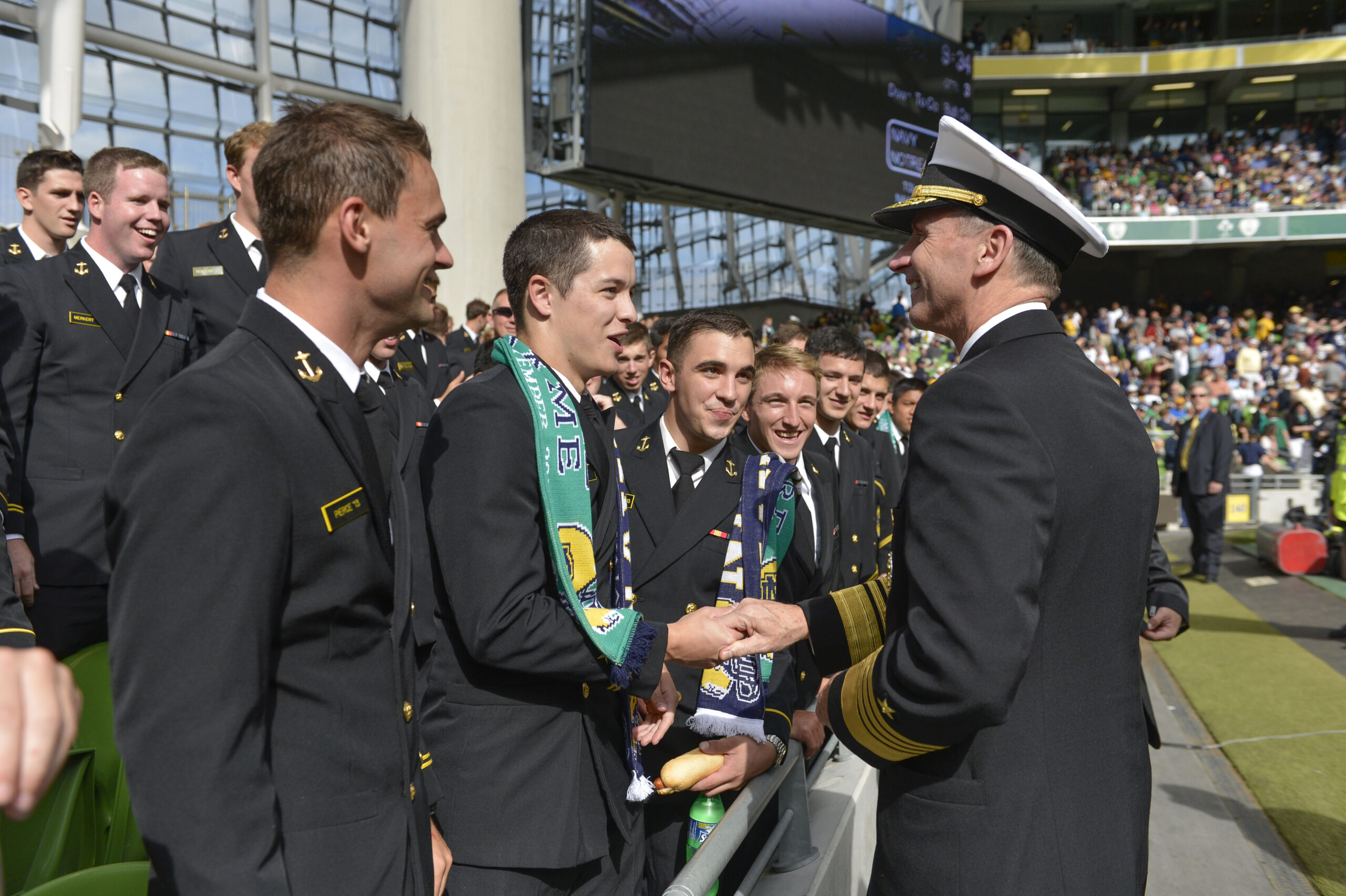Chief of Naval Operations (CNO) Adm. Jonathan Greenert exchanges challenge coins with a US Naval Academy Midshipman during the Notre Dame versus Navy NCAA Emerald Isle Classic college football season opener in September 2012. US Navy photo by Mass Communication Specialist 1st Class Peter D. Lawlor (Released)
Challenge coins, a tradition with roots in military history, have evolved into a symbol of camaraderie and shared experiences across many different organizations and groups. These tokens, often intricately designed and deeply personal, carry a weight of honor and respect. They serve as a tangible representation of unity, achievement, and a shared sense of belonging.
Historical Antecedents
The tradition of rewarding soldiers with coins for acts of bravery and loyalty traces its origins back to ancient Rome. Soldiers who displayed exceptional valor were bestowed coins as tokens of honor and recognition.
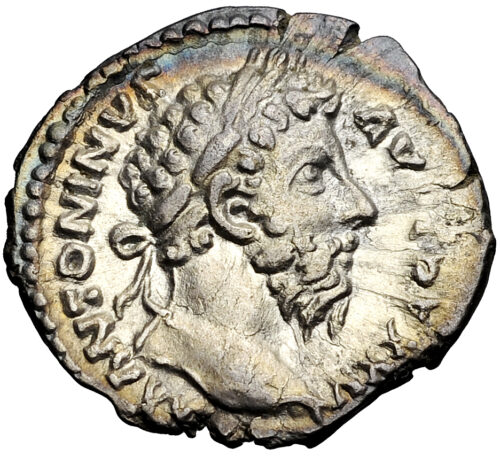
During the Renaissance, coins, known as “Portrait Medals”, were often used to commemorate events involving the elite. These medals, typically depicting the patron on one side and their lineage or seal on the other, were exchanged as gifts or awards.
The use of a coin in response to a challenge traces back to the 17th century religious wars in France. After the revocation of the Edict of Nantes by King Louis XIV in 1685, French Protestants, particularly the Huguenots, faced state persecution. Many fled France, while those who stayed conducted their religious services in secret. To avoid state spies, Huguenots carried a méreau communion coin. When challenged for entry to services, a Huguenot would present this coin as a token of allegiance to the Protestant Church.
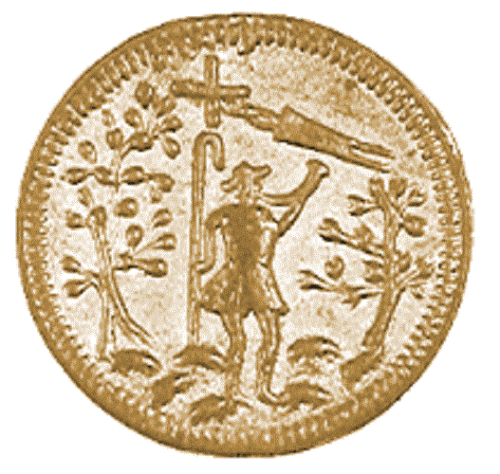
The origins of the modern challenge coin are less clear. There are a lot of stories as to the origins of the modern challenge coin tradition.
World War I
The tradition of challenge coins is often traced back to World War I. As the US Army Air Service grew, many volunteers joined its ranks. As the story goes, among them was a wealthy lieutenant who commissioned bronze medallions as keepsakes for his unit members.
The lieutenant kept his medallion in a small leather pouch around his neck. When his plane was shot down over Germany, he was captured by a German patrol. They took all his identifiable possessions, leaving him with no way to prove his identity if he escaped. However, they missed the pouch containing the medallion.
After being transported to a small town near the front lines, the lieutenant managed to escape. He found a French outpost, where the soldiers, suspicious of anyone out of uniform, initially mistook him for an enemy. Facing potential execution, the lieutenant presented his medallion, which bore his unit’s insignia. A French soldier recognized it, and his life was spared.
Instead of facing a dire fate, the lieutenant was given a bottle of wine, perhaps as a form of apology for the initial suspicion. When he returned to his squadron, a new tradition was born: all members carried their unit-emblazoned coins at all times, ready for any ‘coin check’ that might occur..
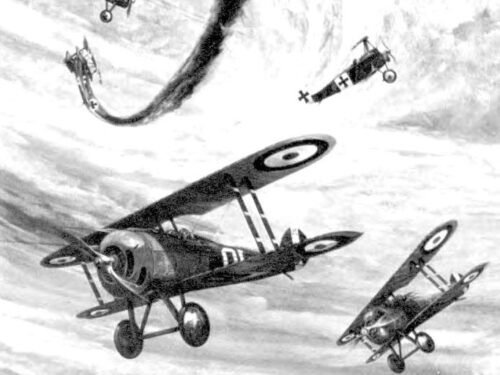
World War II
Another story dates to World War II when the Office of Strategic Services (OSS), a predecessor of the Central Intelligence Agency (CIA), was deployed into Nazi-occupied France. As part of their operations, OSS agents are said to have carried local coins during critical meetings. These coins served as bona fides, a kind of proof of identity or good faith. Both parties would examine the coins to verify each other’s identities. This practice was an effective countermeasure against infiltration by spies who might have advance knowledge of meeting details but not the specific coin to be presented. This use of coins by the OSS is considered one of the origins of the modern challenge coin tradition.
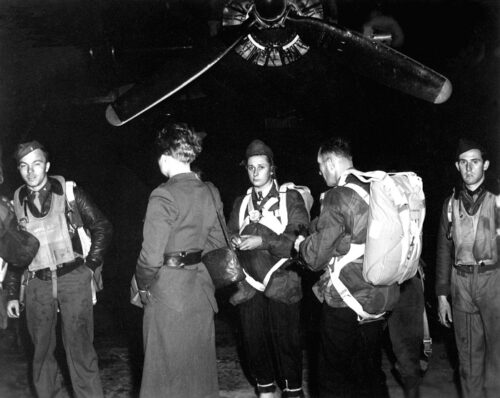
According to another popular account, the tradition of the challenge coin began in Germany following World War II. American soldiers stationed there adopted the local custom of conducting “pfennig checks.” The pfennig, being the smallest denomination of German currency, was the coin of choice for these checks. If a soldier was found without a pfennig during a check, they were responsible for purchasing the next round of beers.
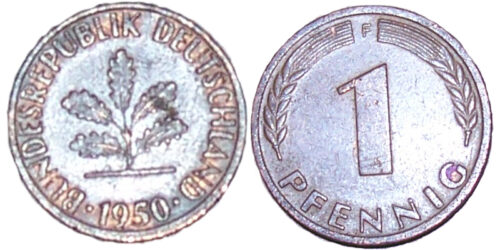
Korean War
Colonel “Buffalo Bill” Quinn of the 17th Infantry Regiment minted one of the earliest known challenge coins for his troops during the Korean War. The coin’s design included a buffalo image on one side and the insignia of the Regiment on the opposite side. Notably, a hole was drilled at the top of each coin, enabling the soldiers to wear them around their necks as an alternative to carrying them in a leather pouch. The coin was minted about two years after the regiment arrived in Korea and it was only issued for eight more years. Quinn served as an intelligence officer during World War II.
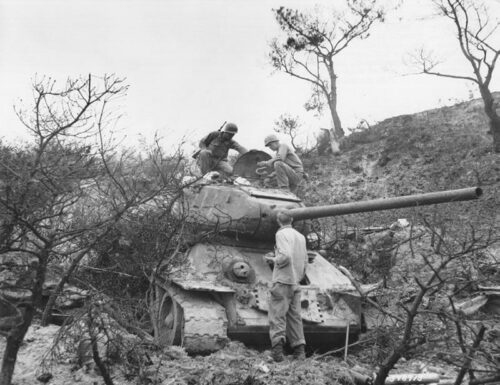
Vietnam War
According to another story, during the Vietnam War, an Army-run bar operated by infantry personnel aimed to keep non-infantrymen away. Their strategy? Forcing “outsiders” to buy drinks for the entire bar unless they could prove combat experience. Initially, the “proof” involved enemy bullets. However, things escalated, and soon grenades, rockets, and unexploded ordnance were part of the challenge. Eventually, a coin-sized item adorned with the unit’s insignia became the accepted form of proof.

First Official Unit Challenge Coin
The 10th Special Forces Group (SFG), the oldest Special Forces unit in the US Army, is credited with minting the first official unit challenge coin. This tradition started as a way to instill unit pride, improve esprit de corps, and reward hard work and excellence. The 10th SFG was the only Army unit with its own coin until the mid-1980s. This period saw an explosion in the popularity of challenge coins, and many other units began minting their own coins.
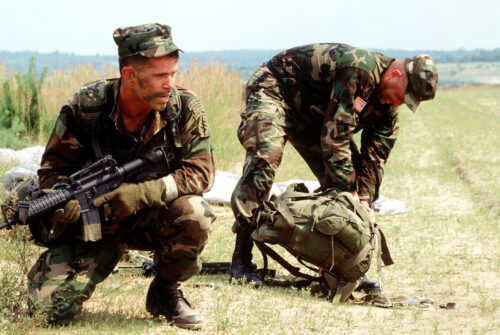
The 10th Special Forces Group (SFG) was constituted on May 19, 1952, and activated on June 11, 1952, at Fort Bragg, North Carolina, under the command of Colonel Aaron Bank. Colonel Bank served the OSS during World War II. On July 31, 1944, Colonel Bank led the Jedburgh Team PACKARD, parachuting into Lozère Department of France and linking up with the French Resistance. He is also known for organizing Operation IRON CROSS, an aborted operation intended to capture Adolf Hitler and commanding Indochina Mercy Team RAVEN conducted by the OSS.
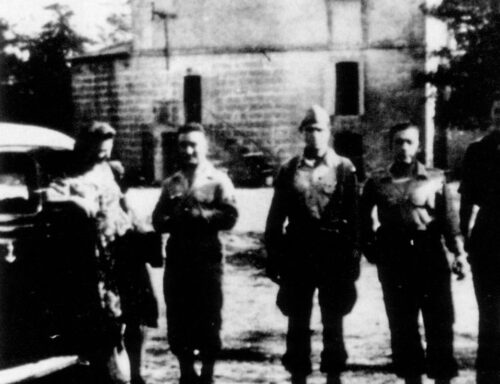
CIA Challenge Coins
The CIA has a long-standing tradition of using challenge coins to honor exceptional service or achievement, commemorate special events or missions, and boost morale within the Agency. The CIA challenge coin program began in the 1960s and really took off in the 1980s. These coins, often bearing the Agency’s emblem or mission-specific symbols, hold significant meaning for their recipients. They serve as a symbol of dedication and commitment to the Agency’s mission. Each coin tells a unique story and reflects the values and mission of the CIA. For instance, the eagle, often depicted on the coins, represents the agency’s vigilance and keen perceptiveness. The shield signifies the protective role of the agency over the nation’s security. Today, a CIA challenge coin is highly valued and treasured by its recipients.
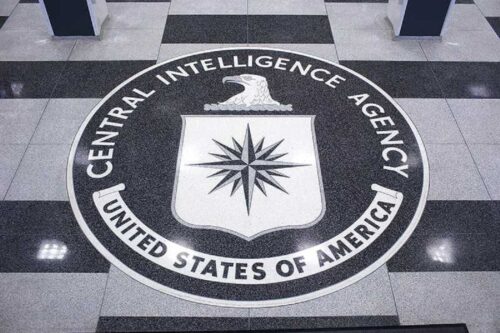
Spread of Challenge Coins
Since then, the tradition of challenge coins has spread widely, both within the military, other government agencies and the private sector. It’s likely that today, there isn’t a US President or government official without one. Challenge coins are not exclusive to the US. They have been adopted by various organizations and groups in other countries as well. They have grown to become a global phenomenon.
Challenge coins continue to serve as a tradition, instilling unit pride, fostering camaraderie, and recognizing excellence. They can either prove your membership, boost morale, or even lead to buying a round of drinks if you’ve left yours at home.
Challenge Coin Rules & Etiquette
While challenge coin rules have evolved over time, the fundamental tradition of using a challenge coin to demonstrate membership or affiliation remains unchanged. Although the specific rules and customs associated with challenge coins can vary among different groups, the overarching concept of carrying a coin and being ready to present it when requested remains a consistent aspect of this tradition.
The 12 Commandments of Challenge Coins
- Understanding the Game: The rules of the game should be explained to everyone who receives a coin. It is considered impolite to initiate a challenge without first explaining how it works.
- Carrying the Coin: Coins must be carried at all times. Challenges can be issued anywhere and at any time. You are allowed a maximum of four steps to reach your coin.
- Stating the Challenge: The challenger must explicitly state whether the challenge is for a single drink or a round of drinks.
- Honoring the Challenge: If the challenged individual fails to produce their coin, they must honor the challenge and purchase drinks. Each person can only be challenged once.
- Successful Challenge: If all challenged individuals manage to produce their coins, the challenger is responsible for buying the drinks. Exercise caution when choosing whom to challenge.
- Handling the Coin: Never hand your coin to someone else in response to a challenge. This is equivalent to giving them your coin. The coin can be placed on a table, and anyone wishing to examine it is obligated to return it to its original location.
- Losing the Coin: If you lose your coin, you are responsible for replacing it as soon as possible. Losing your coin does not exempt you from the rules of the game. In other words, you will be buying a lot of drinks if you lose your coin.
- No Exceptions: There are no exceptions to these rules. They apply regardless of whether you are clothed or not. Plan ahead and remember that you have four steps to reach your coin.
- Coin Identity: A challenge coin is a coin, not a belt buckle, bracelet, or necklace. The only exception is for coins carried in a pouch around the neck.
- Coin Control: You must maintain control of your coin at all times. It symbolizes honor, so it should not be given to just anyone.
- Coin Integrity: Drilling holes in your coin is not permitted.
- Applicability: These rules apply to anyone deemed worthy of receiving a coin, anyone known to possess a coin, and anyone who purchases a coin.
In Conclusion
Challenge coins are more than just a token or a piece of metal. They are a symbol of camaraderie, honor, and tradition. They serve as a tangible reminder of shared experiences and achievements, fostering a sense of unity and belonging among group members. The rules surrounding challenge coins, while seemingly complex, are part of the fun and engagement that these coins bring. They create an atmosphere of friendly competition and mutual respect. Whether you’re a veteran, a member of a club, or part of an organization, understanding and respecting the rules of the challenge coin can enhance your sense of community and shared identity. So, carry your coin with pride. You’re always just a coin check away from strengthening bonds and creating memorable experiences.
*The views and opinions expressed on this website are solely those of the original authors and contributors. These views and opinions do not necessarily represent those of Spotter Up Magazine, the administrative staff, and/or any/all contributors to this site.
